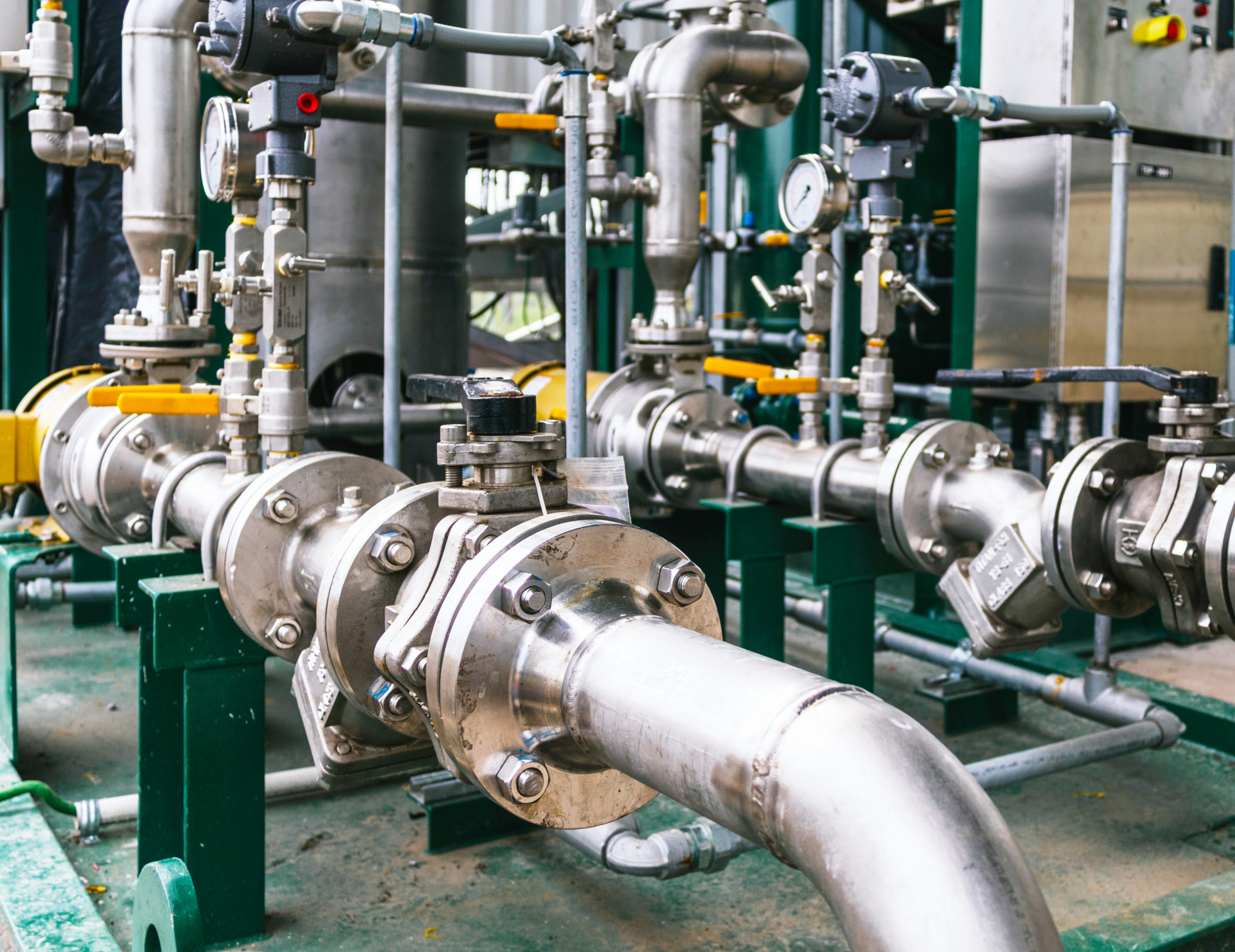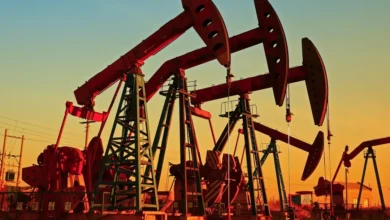Comperessed National Gas Trading

1. Introduction to CNG Trade
Compressed Natural Gas (CNG) is a cleaner alternative to traditional fuels like gasoline and diesel, primarily used in transportation (cars, buses, trucks) and industrial applications. Unlike Liquefied Natural Gas (LNG), CNG is stored at high pressure (200-250 bar) and transported via specialized containers or pipelines. The global CNG trade is expanding due to environmental regulations and energy diversification strategies.
2. Global CNG Market Overview (2024)
Market Size & Growth
- Global CNG market: ~$15 billion (2024)
- Expected CAGR: ~12% (2024-2030)
- Key demand drivers:
- Urban vehicle fleets (buses, taxis)
- Emission regulations (EU, China, India)
- Lower fuel costs vs. diesel/gasoline
Production & Export Hubs
| Region | Key Players | Export Capacity |
|---|---|---|
| North America | USA, Canada | Pipeline exports to Mexico |
| Middle East | Iran, UAE | Growing vehicle adoption |
| Asia-Pacific | China, India, Pakistan | Largest consumer markets |
| Europe | Russia, Italy | Expanding refueling infrastructure |
3. CNG Trade Logistics
Transportation Methods
- Virtual Pipeline Systems
- CNG transported in high-pressure tubes/trailers (20-30 MPa)
- Used where pipelines don’t exist (e.g., remote areas)
- Marine CNG (Emerging Tech)
- Ships with pressurized storage (still in pilot stages)
- Local Distribution
- Refueling stations near gas sources (e.g., city gas grids)
Key Trade Routes
- USA → Mexico (Pipeline & truck-based CNG)
- Russia → Europe (Limited due to LNG dominance)
- Iran → Pakistan/India (Proposed CNG pipelines)
4. Pricing & Market Dynamics
Price Determinants
- Natural Gas Prices (Linked to Henry Hub, TTF, or JKM benchmarks)
- Compression & Transport Costs (30-40% of final price)
- Government Subsidies (India, Iran promote CNG vehicles)
CNG vs. Competing Fuels
| Fuel | Energy Density | Infrastructure Cost | Emission Reduction |
|---|---|---|---|
| CNG | Low (vs. LNG) | Moderate (stations needed) | 20-30% less CO₂ than diesel |
| LNG | High | Expensive (cryogenic) | Better for long-haul transport |
| Electric | N/A | High (charging network) | Zero tailpipe emissions |
5. Key Challenges
| Challenge | Impact |
|---|---|
| Low energy density | Shorter vehicle range vs. LNG/diesel |
| High transport costs | Limits long-distance trade |
| Infrastructure gaps | Few refueling stations in Africa, SEA |
| EV competition | Governments prioritizing electric fleets |
6. Future Trends (2025-2035)
Technology Innovations
- Composite cylinders: Lighter tanks for better storage
- Bio-CNG: From waste/biomass (EU pushing for 20% blend by 2030)
- Small-scale liquefaction: “Mini-LNG” for hybrid solutions
Regional Growth Hotspots
- India: Targeting 10,000+ CNG stations by 2030
- Latin America: Argentina/Brazil expanding fleets
- Africa: Emerging city gas projects (Nigeria, Egypt)
7. Strategic Insights for Traders
- Focus on Emerging Markets (India, Iran, Pakistan need imports)
- Monitor Bio-CNG Policies (EU carbon taxes may incentivize)
- Partner with Fleet Operators (Buses, trucks drive demand)
8. Conclusion
While CNG trading is currently regional due to transport constraints, growing environmental policies and gas infrastructure will expand its global role. The market offers niche opportunities in:
- Virtual pipeline operators
- Refueling station developers
- Bio-CNG producers
Outlook: CNG will remain a transitional fuel alongside LNG and electrification, with ~8-10% annual trade growth in key markets.



